
After years of decline globally, cholera is resurging, and in multiple countries. Over the past year cholera has reemerged in 29 countries since January 2022 – a notable increase from the average of fewer than 20 countries with outbreaks over the past five years.
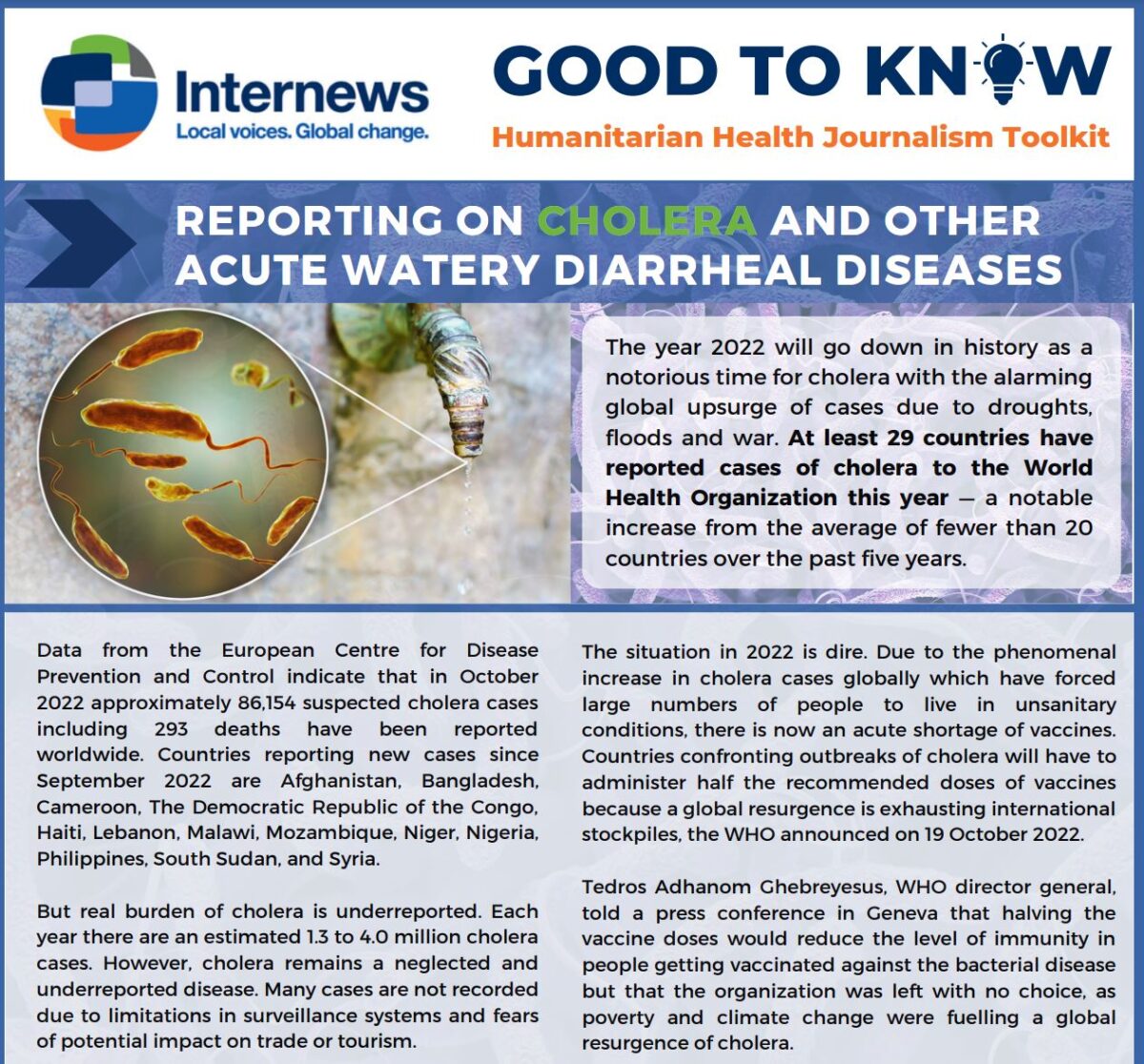
Internews has published a comprehensive PDF resource with tools and tips for reporting on Cholera and other AWDs; access it here.
The European Centre for Disease Prevention and Control reported approximately 86,154 suspected cholera cases including 293 deaths worldwide by October 2022. Afghanistan, Bangladesh, Cameroon, The Democratic Republic of the Congo, Haiti, Lebanon, Malawi, Mozambique, Niger, Nigeria, Philippines, South Sudan, and Syria have all reported new cases since September 2022.
Cholera tends to occur in areas with inadequate access to clean water supply and sanitation. Drought, earthquakes, floods and wars all add to this risk. Besides, the COVID-19 pandemic hits key cholera control components like surveillance, a key measure to detect, prevent and treat cholera and save lives. Effective surveillance can detect V. cholerae early in clinical, environmental, or food samples. As health workers and funds are reassigned to fight the COVID-19 pandemic, cholera surveillance, especially in resource-limited settings like sub-Saharan Africa is suffering neglect. The pandemic has also disrupted health promotion activities possibly hindering community-oriented health education that could help control cholera outbreaks.
The real burden of cholera goes unreported. Each year there are an estimated 1.3 to 4.0 million cholera cases, yet, cholera remains a neglected and underreported disease. Many cases are not recorded due to limitations in surveillance systems and fears of potential impact on trade or tourism. Aside from human suffering, cholera outbreaks can cause substantial economic losses and overwhelm public health services, further impeding development.
The following is a situation analysis of cholera in Internews’ Rooted in Trust countries:

Afghanistan: Cholera Cases Climbing after Earthquake
Afghanistan is seeing a cholera caseload climb steadily since March 2022. The case load has become double the three year average in areas affected by an earthquake in June, that measured 6.1 on the Richter scale and described as the worst in the past 20 years,.
At least 1,000 people were killed, 2,000 injured and 10,000 homes destroyed, after which the UN humanitarian office (OCHA) warned that cholera outbreaks could become a serious concern. This situation raises the risk of transmission of acute watery diarrhea among internally displaced communities. Furthermore, there is a severe shortage of health-care personnel and supplies in the affected provinces.
In October 2022, according to the European Center for Disease Prevention and Control, there were 27,734 suspected cholera cases, including eight deaths. In 2022 and as of 24 September, a total of 178,012 suspected cholera cases including 63 deaths have been reported. According to the World Health Organization, the most affected provinces are Kabul, Helmand, Baghlan, Kandahar, Nangarhar, Jawzjan and Khost.
Water contamination is among the most critical issues facing those hardest hit by earthquakes. With more and more people reporting cases of diarrhea, there is growing concern of the cholera outbreak becoming worse. This is incredibly worrying for children, who are more likely to succumb to dehydration or malnutrition because of diarrhea. With open defecation the only option for many families, a health crisis caused by cholera is waiting in the wings.
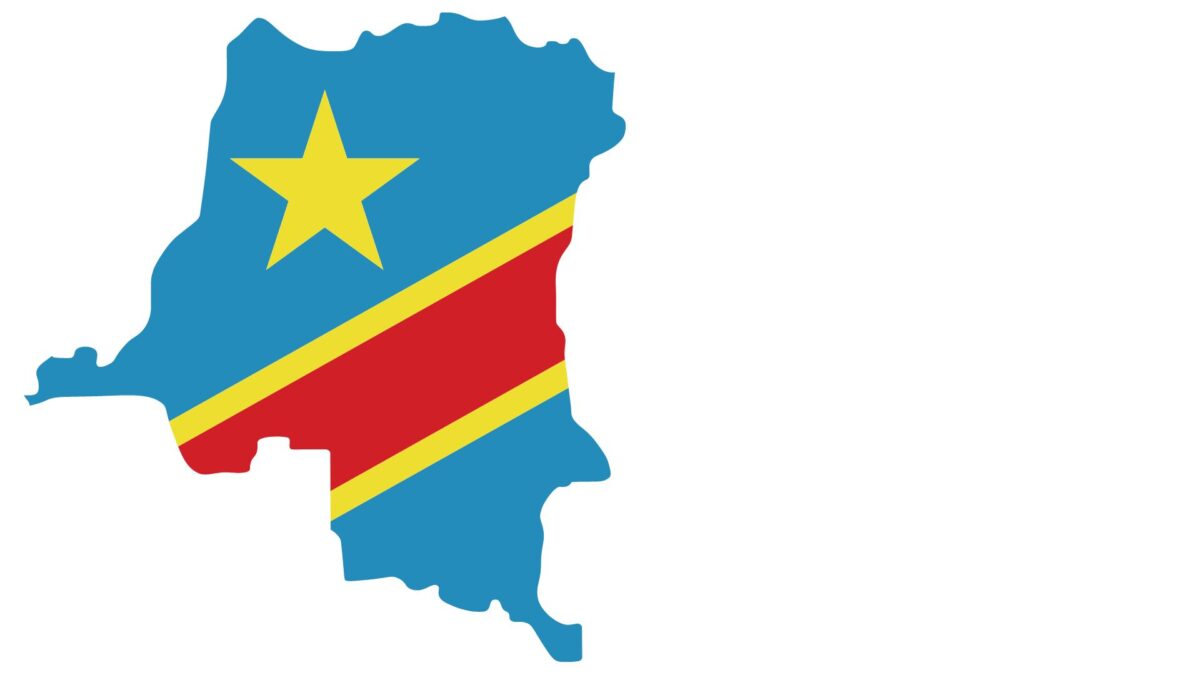
Democratic Republic of Congo: War, Conflict Fuel Cholera Upsurge
In the DRC, an estimated five million people are at risk of cholera every year, especially in the eastern provinces where the disease is endemic. Outside of the major urban cities such as Kinshasa and Lubumbashi access to potable water is limited. One out of two households in the DRC does not have access to drinking water, and poor sanitation and hygiene services, are among disease predisposing factors.
The eastern DRC is also known as an active conflict zone for decades. War and conflict lead to massive population displacement, the collapse of health systems, and the breakdown of surveillance, early warning and response systems. Conflict-affected populations are at risk of exposure to inadequate access to water, sanitation, and hygiene (WASH) facilities and resources, which further increases the risk of epidemics.
Previous epidemiological and ecological studies have identified the lake areas in the Great Lakes Region of eastern DRC as sources of cholera outbreaks and persistence of Vibrio cholerae. From these hotspots, the disease propagates to surrounding areas not yet affected. Moreover, cholera intermittently spreads outside the Great Lakes Region to main cities in the upstream eastern provinces, and then to downstream western provinces along the Congo River.
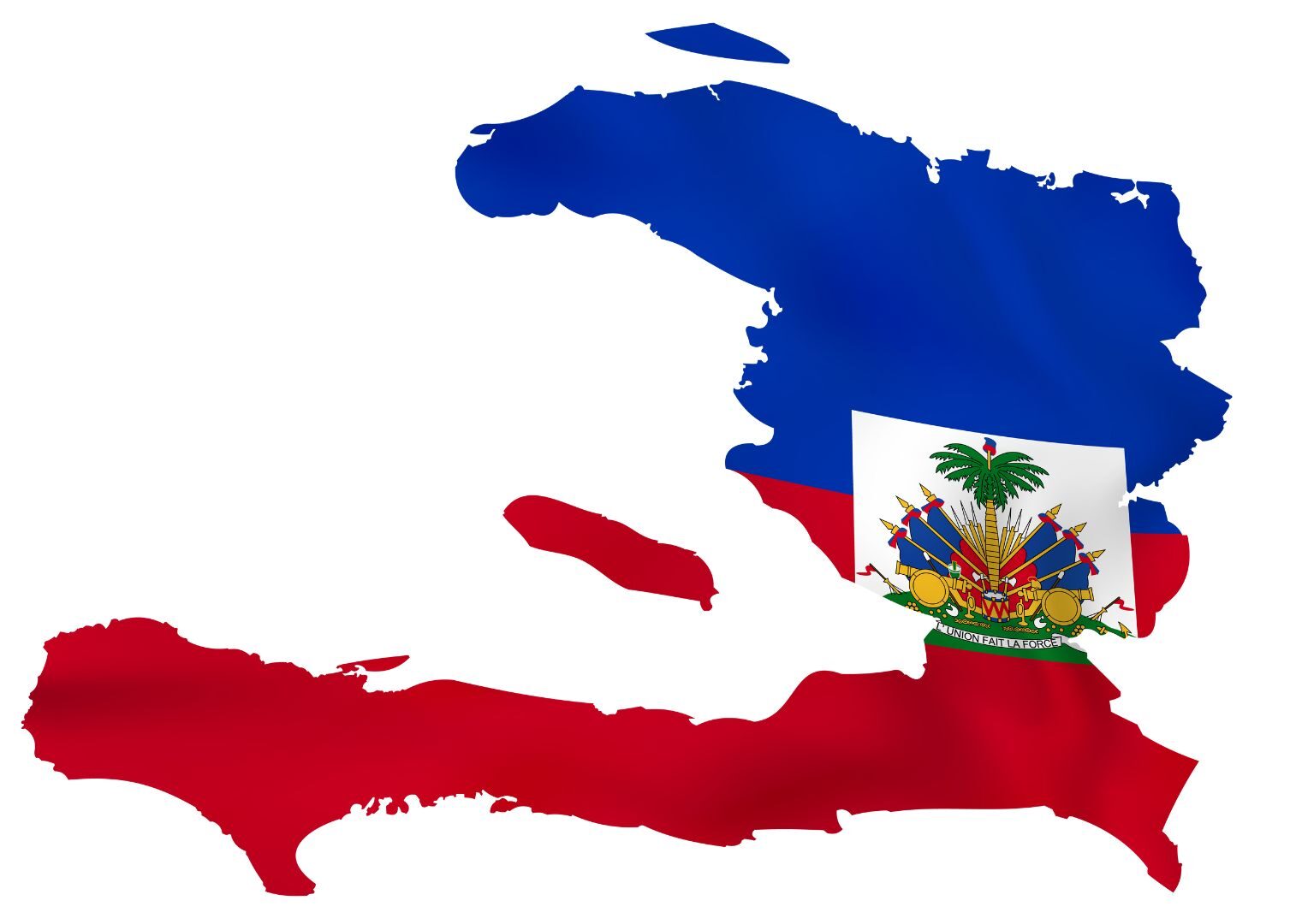
Haiti: Cholera Amid Rising Gang Violence
After more than 3 years with no reported cases of cholera in Haiti, on 2 October 2022, the national authorities reported two confirmed cases of Vibrio cholerae O1 in the greater Port-au-Prince area.
Cholera cases continue to spread to new areas of the capital as well as to additional departments in the country. As of 8 November 2022, the Direction d’Épidémiologie, des Laboratoires et de la Recherche (DELR) reported 7,569 suspected cases and 712 confirmed cases of cholera across the country. More than a quarter of all suspected cases are in children under 9, the Health Ministry’s data show. Young children are particularly vulnerable to the disease and can die very quickly if not treated.
In Haiti, as cases continue to be reported across the country, critical cholera supplies such as medicines, oral rehydration solution (ORS), rapid tests, ringer lactate, cholera beds as well as human resources are critically needed to scale up response activities.
Many of the poorest Haitian families have no safe drinking water, soap for handwashing, and basic sanitation, thus increasing cholera risk. Additionally, hospitals are only able to offer limited services due to fuel shortages and insecurity.
Haiti’s worsening gang violence threatens to completely isolate Haiti’s capital, Port-au-Prince, compounding challenges to recovery efforts one year after a devastating 7.2 magnitude earthquake struck the country’s southwest peninsula, killing 2,248 people, damaging 140,000 buildings, and leaving 800,000 people in need of assistance.

Iraq: Cholera Cases Highest Since 2015
Iraq has a long history of political instability, socioeconomic crises, and religious tensions. War tactics have often involved targeted destruction of water infrastructure and distribution systems in order to flood towns, disrupt agriculture, and deprive locals of access to Water, Sanitation, and Hygiene (WASH) resources.
Moreover, Iraq’s location along the Tigris and Euphrates, whose contaminated waters form much of its water supply, and its proximity to neighboring countries with frequent disease outbreaks increases Iraq’s vulnerability to waterborne and infectious diseases. Neglect also plays a key role in the crisis: poorly maintained water and sewage systems, lack of proper sewage disposal, open defecation, and a shortage of sanitation engineers have put millions at risk of contracting water-borne diseases, including cholera. Many Iraqis also cannot afford the high cost of buying water, and instead must rely on untreated water sources, further leading to poor health outcomes.
As of 7 August 2022, Iraq had reported more than 780 confirmed cases and four deaths attributed to the disease, primarily concentrated in Baghdad, Dhi Qar, and Kirkuk governorates, according to WHO.
In June, Iraq’s health authorities announced the highest number of cholera cases since 2015, prompting WHO to dispatch urgent deliveries of medicines and medical supplies. Experts say that vegetables irrigated by sewage water, an increasingly common practice due to the shortage of water in the Tigris and Euphrates rivers, are behind the outbreak. Concerns are growing that a significant outbreak of the disease could put additional pressure on a national health system that is already over-stretched.
The WHO is coordinating with the water, sanitation, and hygiene (WASH) Cluster—the coordinating body for humanitarian WASH activities comprising UN agencies, NGOs, and other stakeholders—to meet the needs of IDPs, returnees, and refugees who are particularly vulnerable to contracting cholera due to poor WASH conditions.

Lebanon: Cholera Lays Bare Political Crisis
Following a cholera outbreak in Syria on 10 September 2022, the disease quickly spread, with Lebanon reporting its first case of cholera on 6 October 2022 and reaching 29 confirmed cases by 13 October in Akkar and Baalbek governorates.
As of 28 October 2022, in Lebanon 1,225 confirmed and suspected cholera cases have been reported in the 9 governorates of Lebanon according to the Lebanon Ministry of Public Health. A total of 16 associated deaths have also been reported with a case fatality ratio of 1.37%. It is reported that 46% of cases are children under the age of 15, of which more than half are in children under 5 years old. Among all cases, 23% have required hospital admission.
The cholera outbreak in Lebanon lays bare the current resource management and political crises in the country. Climate change and the unsustainable use of water resources are harming the health of people and the environment. Lebanon is suffering increasingly frequent droughts as well as overexploitation and pollution of groundwater and rivers, in turn threatening the country’s future food security.
Also, years of mismanagement and the current fuel and financial crises have caused a public water service crisis, with Lebanon’s water supply sector having come to the brink of total collapse and threatening access to safe and sufficient drinking water for much of the population.
The World Bank reclassified Lebanon from an upper-middle-income country to lower-middle-income in July 2022. At the beginning of November 2022, the president stepped down, leaving the country with a caretaker government and no head of state.
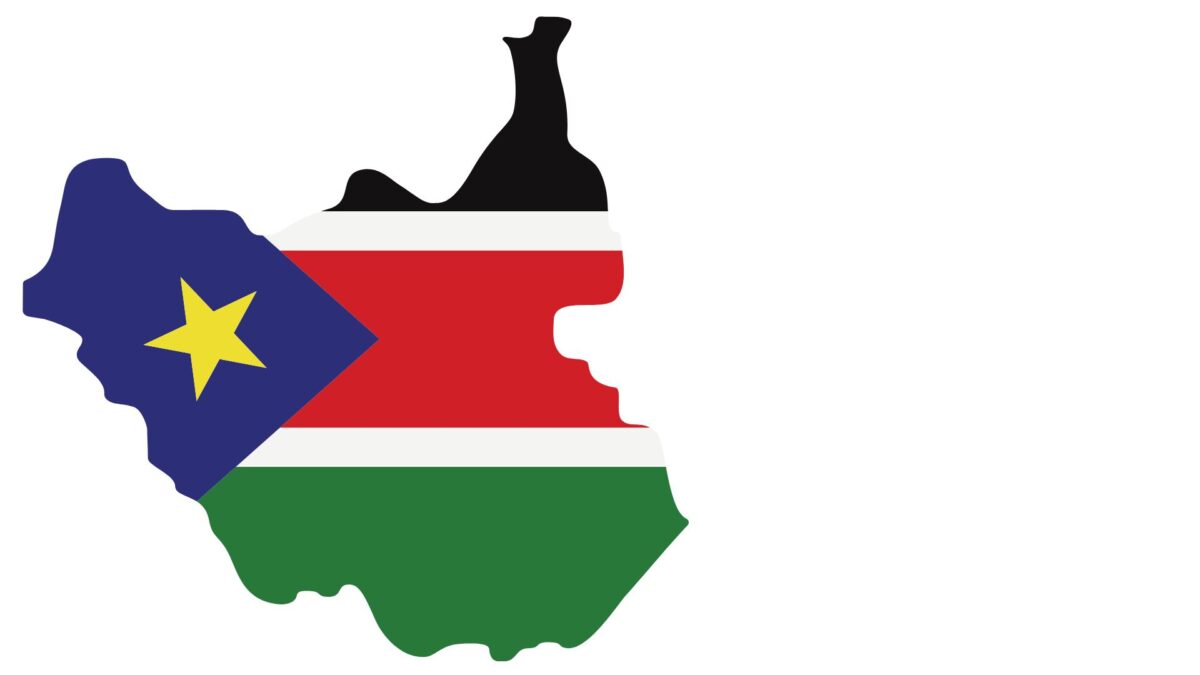
South Sudan: Floods Make Cholera Outbreak Worse
In late October 2022 widespread torrential rains hit South Sudan. The WHO reported that South Sudan is experiencing its fourth consecutive year of flooding; an estimated 40 percent of the country is under water. The floods have damaged around 52 health facilities countrywide.
Water stagnation and the contamination of water sources for drinking and cooking have increased acute watery diarrhea cases among children under five years of age.
There is fear that the floods could make the ongoing cholera outbreak in Bentiu IDP camp worse due to the lack of clean water and poor sanitation. In May 2022 cholera killed one child and infected 30 people Bentiu, the first resurgence of the illness in nearly five years. As of 30 October 2022, a total of 424 cholera cases have been confirmed.
A recent UNICEF study assessing the dynamics of cholera in South Sudan has found that cholera cases were concentrated in major cities that host large IDP camps and settlements, along the border with Uganda and Kenya, and in the Sudd Swamp along the Nile River. During the epidemic in 2016-2017, cholera outbreaks heavily affected displaced and host communities living in the Sudd Swamp and communities in cattle camps.
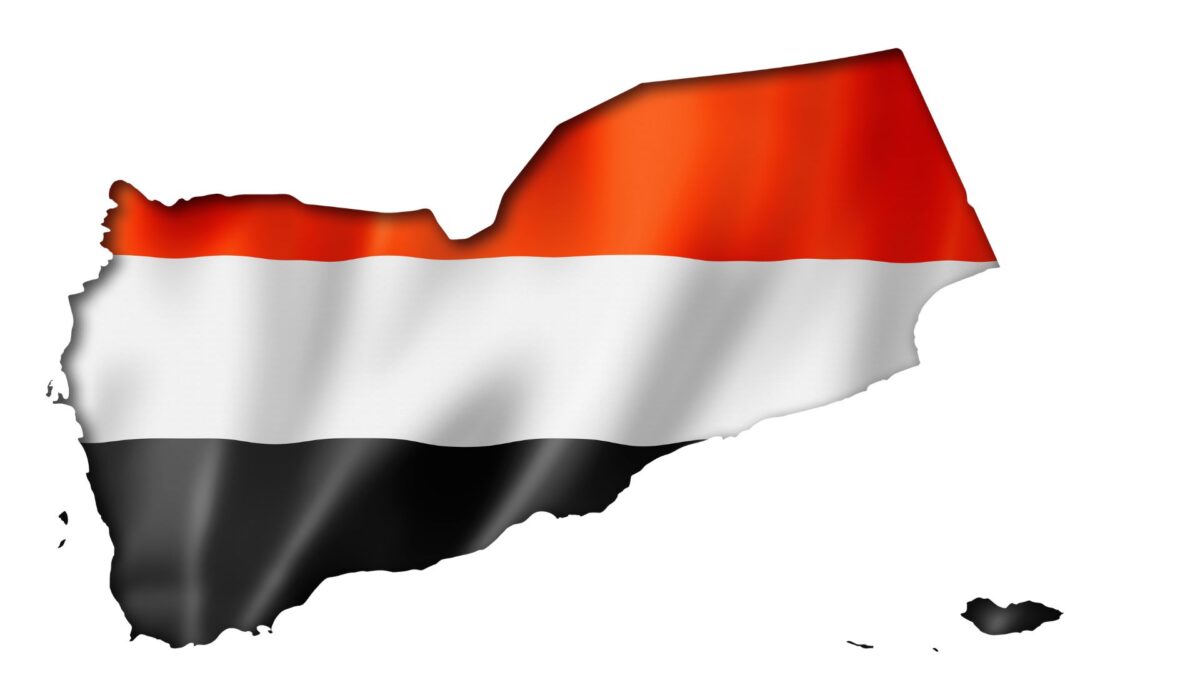
Yemen: Cholera Spreads as humanitarian Crisis Worsens
Since 2015, when armed conflict began, Yemen’s water and sanitation infrastructure suffered significant damages. Direct attacks on the infrastructure have been exacerbated by the lack of energy (electricity and fuel), spare parts, operation, and maintenance funds.
The COVID-19 pandemic further strained the fragile health system and the current upsurge of cholera cases is attributed to several risk factors, including a disruption of basic water and sanitation services, contaminated water sources in affected communities, an inability to treat sewage due to non-functional wastewater treatment plants, and the absence of garbage collection systems.
In 2015, the United Nations declared Yemen a Level 3 emergency which activated the highest level of resource mobilization possible across the humanitarian system.
According to the World Bank, more than 70 percent of the population (22 million people) requires assistance to access safe drinking water and sanitation. Basic water supply, sanitation and hygiene (WASH) infrastructure is on the verge of total collapse, and many internally displaced persons (IDPs) are at a particularly high risk, due to overcrowded shelters and settlements with inadequate water and sanitation facilities.
It was in this context that cholera has struck Yemen. The 2011 cholera outbreak in Yemen was extinguished after a reported 30,000 suspected cases. By January 2018, the outbreak resulted in more than one million suspected cases.
Exact cholera cases are hard to come by due to the poor surveillance. In June 2022, UNICEF reported a total 4,158 suspected cases between 1 January and 15 March 2022. Districts reporting the highest cases include Hajjah, al-Salw, Taiz, Al Makhadir, Ibb, Belad Al Roos, Sana’a, Al Kanawes and Hodeidah.
In 2020, UNICEF warned that over 5 million children under the age of five in Yemen were facing a heightened threat of cholera and Acute Watery Diarrhea.

Zimbabwe: Emergence of a Highly Resistant Cholera Strain
In September 2018, Zimbabwe experienced its worst cholera outbreak since the unprecedented outbreak in 2008. In total, the country reported more than 10,000 cases and 69 deaths. Harare, Zimbabwe’s capital, was the most affected.
What’s alarming from the September 2018 outbreak is the discovery, from laboratory surveillance data, of a highly resistant cholera strain circulating in the country that could spread to neighboring countries. The Vibrio cholerae O1 serotype Ogawa isolates taken from the cholera cases were multidrug-resistant, with an unexpectedly high-level resistance to ciprofloxacin and ceftriaxone – the antibiotics commonly used in the treatment of moderate-to-severe cases of cholera to supplement rehydration therapy to shorten the duration and volume of diarrhea and thereby limit bacterial transmission.
The presence of highly resistant strains of Vibrio cholerae increases the risk of treatment failure and prolongs patients’ hospital stay, putting further strains on a beleaguered health system. Also, infected individuals may harbor the Vibrio cholerae organism longer and excrete them in the environment, causing cholera to spread further.
There is inadequate investment in safe water systems in urban areas in Zimbabwe with a huge population depending on an already burdened infrastructure in old suburbs.
The City of Harare municipal water system faces numerous challenges. First, the water supply is insufficient to meet current population demand, which leaves many households with water supply for only a few hours per day or days per week at times. Households, therefore, rely heavily on alternative water sources such as drilled boreholes and shallow wells to meet their drinking water needs.
Second, due to aging infrastructure, water losses due to leakage from the piped network are projected to be more than 50 percent, which further exacerbates the water quantity crisis. Moreover, leaking pipes may allow contamination into drinking water.